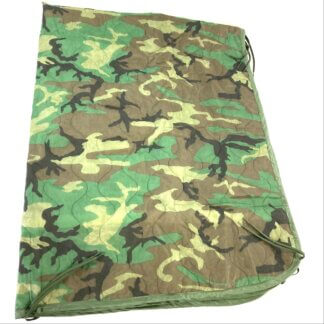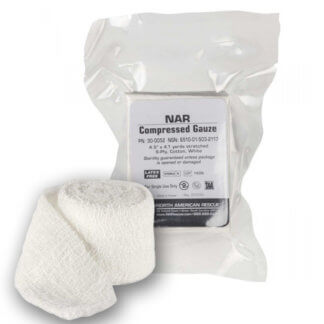
There are a few things to consider when choosing between Velcro, button snaps, and zippers. Each material has its own weight capacity, intended use, benefits, and drawbacks. Your missions are unique, and these details are an important part of any successful plan.
Hook and loop, commonly known by the brand name Velcro, was first conceived by George de Mestral, a swiss hunter. While de Mestral was on a hunt, he noticed cockle burs on his pants, as well as his dog’s fur. This inspired the idea of hook and loop. Each hook and loop has two parts, the polymer backing as well as the hooks.
Velcro is a great material to utilize when you are designing your setup. However, it’s limitations must be understood. First and foremost, Velcro is not particularly effective for maritime use. This includes environments with lots of water, as well as sand. Also, it should not be used to hold a total weight exceeding 2.5 lbs/inch2, or a total of 15lbs. The strength of the hook and loop is limited to how hard the polymer backing, as well as hooks are.
When operating within these constraints, hook and loop offers top-notch accessibility. The Velcro attaches and detaches small to medium items with ease. This can include anything from ammunition, to biking or hiking gear. The hook and loop items are easy to organize, access, and they keep your hands free.
Certain adventures, however, require a little more durability than what hook and loop can offer. For lessons on durability, we can look back to the Roman gladiators and their use of buckles.
Buckles date all the way back to ancient Roman times. Gladiators used to use them to fasten their armor tightly around their body. This proved to be sturdy and effective. The buckle, however, has been refined many times over into something much more useful still.
In modern times, we have access to a variety of buckle types. These include side release buckles, leather buckles, double loop buckles, and more. These buckles come in a variety of materials, from metal to polymer. Metal is used for sturdier builds, while polymer is used for lightness. Keep in mind, when using polymer each color has its own temperature rating.
Zippers are unique in their application, because their explicit purpose is to hold two pieces of fabric together. This makes zippers especially good at closing bags, otherwise known as a close bottom zipper. Also, zippers are great at fastening clothing, also known as separating zippers.
Zippers are made of a few components. The top and bottom stops ensure the zipper box stays on the zipper tape. The zipper tape is sewn to the edges of the pieces of fabric that need to be held together. The teeth, or chain, hold the two pieces together. The zipper box can be pulled back and forth to open and close the chain.
Zippers range from an 8lb weight capacity to 28lbs, depending on the material that the zipper is made from. This weight capacity and ease of use make it an attractive material when choosing your gear.
Button snaps come in a variety of sizes. These range from size 6, to size 24. The standard size for military gear is 16. The prongs on this size are longer, which means that they can hold more weight. Buttons are best for fastening pockets because they are easy to access. However, this item is not recommended for holding weight over 10lbs.
These materials are extremely important to consider, and every load-out is going to include gear the utilizes each category. It is important to consider the limitations of each, as well as the benefits of each, and how to apply them to their environment.
-
 North American Rescue GEN 7 CAT Tourniquet$29.99
North American Rescue GEN 7 CAT Tourniquet$29.99 -
 USGI M249 SAW Ammo Box, 200 Round$11.99 – $16.99
USGI M249 SAW Ammo Box, 200 Round$11.99 – $16.99 -
 Eagle Industries Double M4 Mag Pouch$3.99
Eagle Industries Double M4 Mag Pouch$3.99 -
 USGI Military Poncho Liner, Woobie Blanket$19.99 – $49.99
USGI Military Poncho Liner, Woobie Blanket$19.99 – $49.99 -
 USGI 6 Magazine Bandoleer$3.99 – $21.99
USGI 6 Magazine Bandoleer$3.99 – $21.99 -
 USGI 1 Quart Canteen$5.49
USGI 1 Quart Canteen$5.49 -
 North American Rescue Compressed Gauze$4.99
North American Rescue Compressed Gauze$4.99 -
 North American Rescue Survival Blanket$1.59
North American Rescue Survival Blanket$1.59 - Product on sale
 US Army Tactical Assault Panel$29.99 – $59.99
US Army Tactical Assault Panel$29.99 – $59.99









